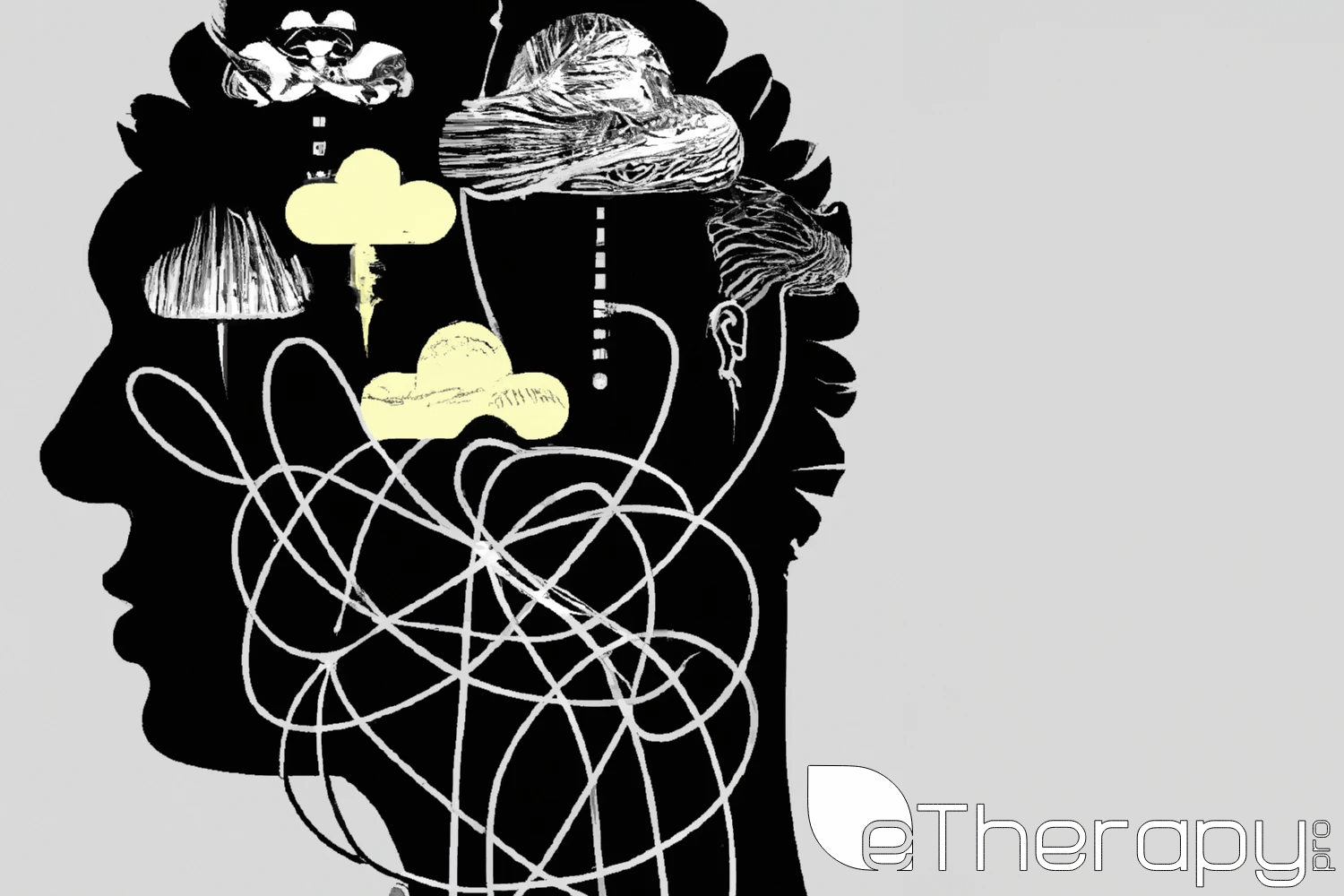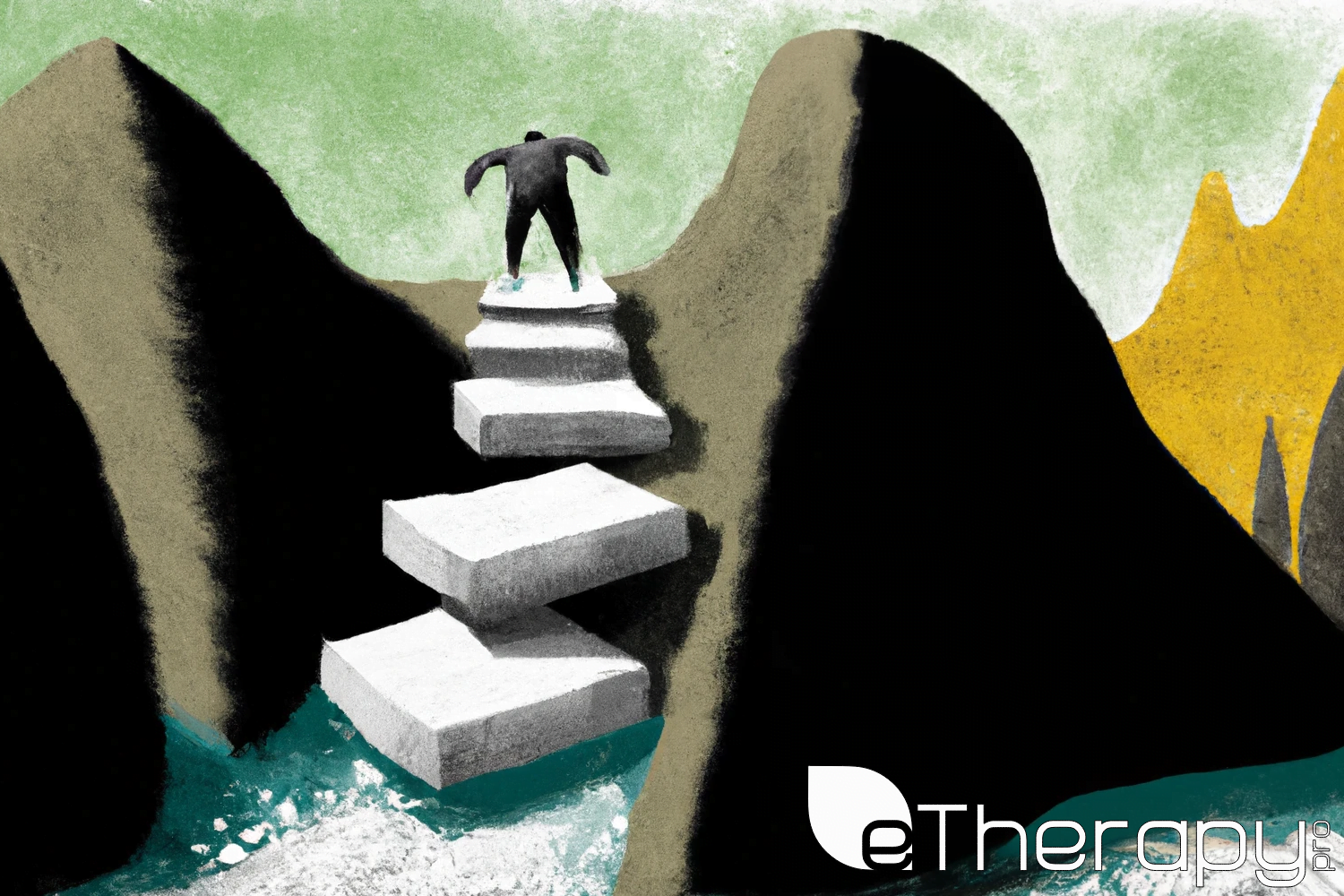 Shame, a deeply personal emotion, often casts a shadow across our lives, exerting its influence in ways we may not always recognize. From an Evolutionary perspective, shame served a pivotal role in shaping human behavior. It acted as an internal compass, helping early humans discern right from wrong, Making things fit together within communities. This innate drive for moral clarity was instrumental in ensuring our survival as a species.
Shame, a deeply personal emotion, often casts a shadow across our lives, exerting its influence in ways we may not always recognize. From an Evolutionary perspective, shame served a pivotal role in shaping human behavior. It acted as an internal compass, helping early humans discern right from wrong, Making things fit together within communities. This innate drive for moral clarity was instrumental in ensuring our survival as a species.
However, as societies evolved, this Basic emotional response became more intricate. The web of societal norms, expectations, and our Childhood began amplifying shame, transforming it into a complex emotion. Instead of solely guiding us, it started to bind us, sometimes making us prisoners of our past mistakes or perceived shortcomings. It’s no wonder that across generations, psychologists and therapists have grappled with understanding shame’s origins and effects.
In this article, we’ll delve into some prominent psychological theories that seek to unravel the enigma of shame. From the direct confrontation techniques of Gestalt therapy, the deep dives of psychoanalytic sessions, to the practical tools offered by Cognitive-Behavioral Therapy (CBT), we’ll explore how therapy seeks not only to understand but also to alleviate the burdensome yoke of shame.
Gestalt Theory on Shame
From its inception, Gestalt theory has presented a unique lens through which we can examine human emotions. With a strong emphasis on the ‘here and now,’ it promotes direct confrontation of emotions like shame, urging individuals to fully experience and express them.
Foundations of the Gestalt Approach
Gestalt therapy, rooted in the early 20th century, stemmed from the works of Fritz and Laura Perls. Central to this therapy is the idea of “Unfinished Business,” which posits that suppressed emotions from past incidents can linger in the background, influencing current behavior and emotional responses. Shame, often stemming from past experiences, can thus remain as an unresolved emotional residue, impacting one’s self-perception and interactions with the world.
Gestalt Techniques and Examples
To tackle this lingering shame, Gestalt therapy employs a range of experiential methods. Among the most potent is role-playing, where individuals are encouraged to enact past events or conversations, thereby confronting and processing buried emotions. For instance, a person burdened by childhood ridicule might be asked to recreate the scene, playing both their younger self and the bully. This immersive experience can lead to catharsis, allowing individuals to face their shame head-on and seek closure.
Through these direct and often intense interventions, Gestalt therapy helps individuals liberate themselves from the chains of past shame, fostering self-awareness and promoting emotional healing.
Psychoanalytic Perspective on Shame
The psychoanalytic approach, conceived by the legendary Sigmund Freud, delves deep into our psyches, often tracing present emotions back to early childhood experiences. This perspective contends that the roots of shame are buried in our past, often interwoven with our earliest interactions and attachments.
Roots of Shame in Psychoanalysis
In psychoanalytic thought, we often link shame to our ‘internalized objects’ – representations of parents or caregivers stored within our unconscious mind. These objects can judge us, especially if early interactions with caregivers were marked by criticisms or rebukes.
Shame is the lie someone told you about yourself. – Anaïs Nin
In this context, it’s a lie internalized from early caregivers, subsequently shaping one’s self-view.
Therapeutic Methods and Examples
Therapy in the psychoanalytic framework involves excavating these deep-seated memories and conflicts, laying them bare for examination and healing. By revisiting and understanding these past events, patients can often reframe and reclaim their narratives.
For instance, consider a patient who always felt overshadowed by a high-achieving sibling. When explored, this shame of “never being enough” might be traced back to a forgotten childhood event where they were unfairly compared. Recognizing this source, the patient can challenge and reshape that internal narrative, replacing shame with a more compassionate understanding of their self-worth.
Such introspective journeys, characteristic of the psychoanalytic approach, aim to heal wounds of shame by uncovering and addressing their very origins.
Cognitive-Behavioral Therapy (CBT) Approach to Shame
CBT, grounded in the present, offers pragmatic tools to identify, challenge, and reframe the debilitating thoughts that amplify shame. By understanding and modifying our thought patterns, we can directly impact our emotional responses and behaviors.
CBT’s Understanding of Shame
Central to CBT’s philosophy is the intricate dance between our thoughts, feelings, and consequent actions. When it comes to shame, maladaptive thoughts or “cognitive distortions” play a pivotal role. These distortions might manifest as overgeneralizations, black-and-white thinking, or personalizing events. For instance, a person might think, “Everyone is looking at me because I’m a failure,” magnifying their sense of shame.
CBT Interventions and Examples
To combat these distortions, CBT employs several hands-on techniques. Cognitive restructuring involves identifying negative thought patterns and challenging their validity. Journaling, on the other hand, aids in tracking these patterns and understanding their triggers.
Consider James, a patient who feels intense shame whenever he makes minor mistakes at work. Through journaling, he identifies a recurring thought: “If I make a mistake, I am incompetent.” Using cognitive restructuring, his therapist helps him challenge this belief, asking, “Does one mistake truly define your entire competency?” Over time, James learns to replace this distortion with a balanced thought: “Everyone makes mistakes; it doesn’t make me any less competent.”
Through such structured and introspective interventions, CBT equips individuals to tackle the roots of their shame head-on, fostering resilience and a more Kindness to oneself.
Conclusion
Brené Brown, a renowned researcher on vulnerability and shame, asserted,
Shame corrodes the very part of us that believes we are capable of change.
This sentiment Includes the Changing journey we undertook, exploring shame from its multifaceted dimensions. Shame, a complex and pervasive emotion, wields the power to impact our self-worth and daily interactions. It’s an emotion that, left unchecked, can shackle us, inhibiting growth, connection, and fulfillment.
We’ve explored different ways to understand and overcome shame, such as Gestalt Theory, Psychoanalytic Perspective, and Cognitive-Behavioral Therapy. Gestalt Theory focuses on immediate experiences, while Therapy examines childhood memories. CBT offers structured techniques to change negative thoughts and behaviors related to shame.
Yet, Crucial to this discourse is the importance of early recognition and intervention. The seeds of shame, often sown in childhood, can burgeon into overwhelming feelings of unworthiness in adulthood. Criticizing or shaming children, whether about their physical attributes, actions, or inherent capabilities, lays the foundation for enduring emotional wounds.
Overcoming shame begins with Recognizing physical sensations like chest tightness or a sinking stomach. Such awareness, coupled with Healing insights, provides a roadmap to recovery and self-acceptance.
Understanding shame is vital for personal growth and creating a society where children can thrive without its negative impact. Adults can also heal from shame through Self-care and inner strength.
 Imagine this: You arrive home after a day’s work, and as an experiment, you decide to switch off your phone for just three hours during dinner and relaxation time. An odd sense of unease starts to creep in. What if your boss needs an immediate response? What if a close friend is
Imagine this: You arrive home after a day’s work, and as an experiment, you decide to switch off your phone for just three hours during dinner and relaxation time. An odd sense of unease starts to creep in. What if your boss needs an immediate response? What if a close friend is  The silence of the night contrasts sharply with the cacophony inside your mind. You’re lying in bed, eyes darting behind closed lids, as thoughts cascade relentlessly — replaying conversations, imagining the “what ifs,” and fabricating scenarios that may never come to pass. This is overthinking in its most palpable form, a nightly ritual for countless individuals worldwide. The feeling is as
The silence of the night contrasts sharply with the cacophony inside your mind. You’re lying in bed, eyes darting behind closed lids, as thoughts cascade relentlessly — replaying conversations, imagining the “what ifs,” and fabricating scenarios that may never come to pass. This is overthinking in its most palpable form, a nightly ritual for countless individuals worldwide. The feeling is as 

 In an age characterized by information overload, rapid change, and uncertainty, embracing positivity has emerged as an essential counterbalance. Positivity is more than just a fleeting emotion or a momentary state of mind; it’s a choice and an ongoing journey. This article delves deeper into the transformative power of a positive environment and its profound
In an age characterized by information overload, rapid change, and uncertainty, embracing positivity has emerged as an essential counterbalance. Positivity is more than just a fleeting emotion or a momentary state of mind; it’s a choice and an ongoing journey. This article delves deeper into the transformative power of a positive environment and its profound  Feeling a lack of motivation is a common struggle. Whether it’s because of a tough day, a challenging week, or seemingly no reason at all, most people have experienced those moments where the drive to do anything just isn’t there. In today’s fast-paced world, it’s not unusual to feel overwhelmed, causing our motivation to take a dip.
Feeling a lack of motivation is a common struggle. Whether it’s because of a tough day, a challenging week, or seemingly no reason at all, most people have experienced those moments where the drive to do anything just isn’t there. In today’s fast-paced world, it’s not unusual to feel overwhelmed, causing our motivation to take a dip.
